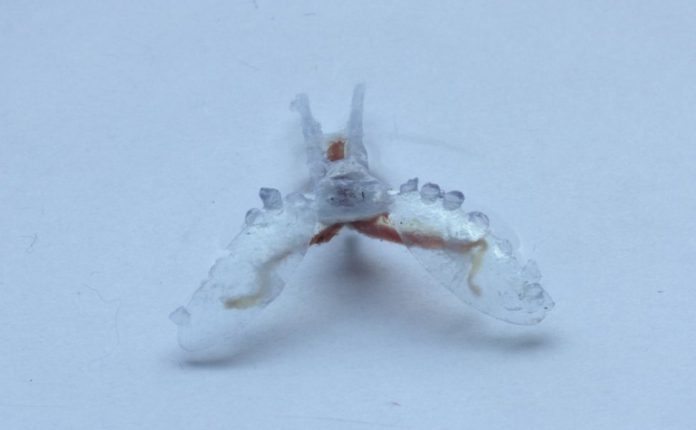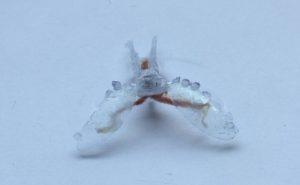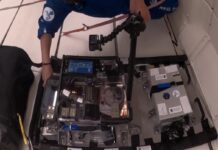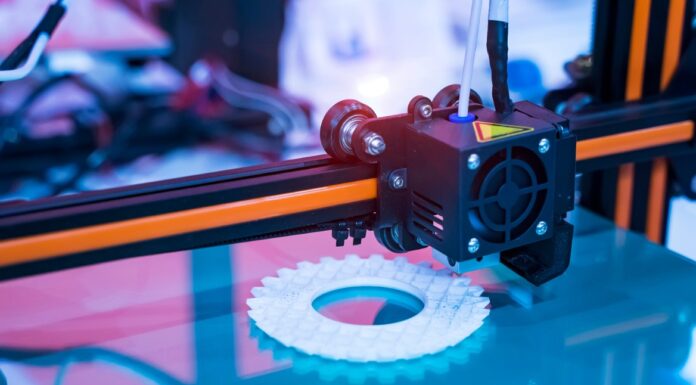
Researchers from Case Western Reserve University have built a crawling robot by combining 3D printed parts and sea slug materials.

Image credit: Victoria Webster/Case Western Reserve University
Although this biohybrid robot is quite slow now, the potential it holds is amazing. For now, it crawls like a turtle on sand, but in the future, swarms of these robots can be deployed in bodies of water to complete a variety of tasks.
The scientists combined materials from the California sea slug, Aplysia californica, with three-dimensional printed parts; a muscle from the slug’s mouth helps the robot to move, while the robot’s organic “scaffold” is built from manipulated collagen from the slug’s skin. Movement is controlled by an external electrical field.
This particular sea slug was chosen because it is durable down to its cells, “withstanding substantial changes in temperature, salinity and more as Pacific Ocean tides shift its environment between deep water and shallow pools.”
“We’re building a living machine—a biohybrid robot that’s not completely organic—yet,” said Victoria Webster, a PhD student who is leading the research.
For the searching tasks, “we want the robots to be compliant, to interact with the environment,” Webster said.
“One of the problems with traditional robotics, especially on the small scale, is that actuators—the units that provide movement—tend to be rigid.”
According to the researchers, the project is still in its infancy, but great things could come out of this work.
In time, they hope to develop fully organic robots that can move in response to a series of easy signals. These robots won’t cost much, will be able to go on lengthy missions and they won’t pollute the location with metals and battery chemicals, but will be eaten or degrade into compost.
The team of scientists will present their work at the Living Machines conference in Edinburgh, Scotland.




















